
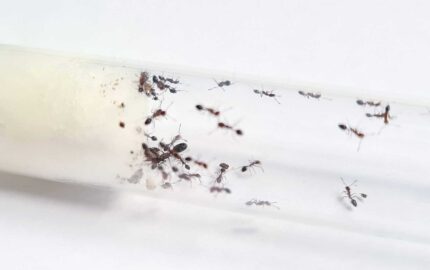
Monomorium pharaonis
109,90 zł – 399,90 zł
Worldwide shipping
Free delivery over 500 PLN
The highest quality of goods
Live delivery guarantee
24/7 Personal Support
Fair Prices
Description
The Monomorium pharaonis is a formidable ant species with a polygynous colony structure, meaning it has multiple queens in a single colony. These colonies can consist of up to 1,000,000 workers, making them highly productive and efficient.
Additional information
| Behavior | |
|---|---|
| Difficulty in breeding | |
| Origin | , , , , , , |
| The size of ants | |
| Wintering |
Discover the Intriguing World of Monomorium pharaonis
Several elements of nature capture our curiosity, intriguing ants, with their complicated social structure and variety of species, being one of them. Of the vast species of ants, Monomorium pharaonis, commonly known as the Pharaoh ant, stands apart due to its unique traits. Their aggressive nature and industrious disposition symbolize their namesake, the mighty Pharaohs. To truly understand the intricate hierarchy of an ant colony, exploring the world of Monomorium pharaonis promises a captivating journey.
Insight into the Monomorium pharaonis’ World
Polygyny: A Rare Colony Structure
The fascinating Monomorium pharaonis break the mold with their polygynous colony structure. Polygyny suggests the presence of multiple queens in each colony, a stark contrast to other ant species hailing typically a single queen. These numerous queens contribute vastly to the prosperity and growth of their reign, molding a flourishing ant society.
Colony Demography and Development Pace
Monomorium pharaonis colonies house an awe-inspiring workforce in sheer numbers. With colonies housing up to a staggering 1,000,000 workers, their strength and tenacity truly shine. This number is a stark reminder of this species’ potential. A steady and sustainable growth rate drives this abundant population, reflecting community stability.
Colony Type: Polygyny
Colony Size: Up to 1 000 000 workers
Development Speed: Very fast
Physical Attributes Knitting The Monomorium pharaonis Image
Size and Color: Distinct Markings
- Queen: 4-5 mm
- Workers: 1,5-2 mm
Antennas, tarsi, and the thoracic region, typically sport a hue ranging from pale yellow to brown. The head and abdomen represent the darker shades of brown, veering to black. Workers are predominantly yellow or orange.
Nutrition:
Monomorium pharaonis’ Feeding Profile
- Food insects (such as cockroaches and crickets) dead, or live if colony is big
- Syrup (a mixture of water and honey or sugar, with a ratio of 4/3 water:1)
- Fruits and vegetables
- Jelly
- Cooked chicken without salt, shrimps
- Honey
Humidity and Temperature:
- Humidity: Arena: 30-50%, Nest: 50-70%
- Temperature: Arena: 22-28 °C, Nest: 22-26 °C
In summary, understanding and caring for Monomorium pharaonis offers thrilling insights into the vibrant ant community, their organized societies, and their integral role in our ecosystem. Their captivating efficiency and fascinating intricacies serve as a testament to nature’s phenomenal creations.
To further delve into the mesmerizing world of ants, visit our ant category page for more enthralling information.



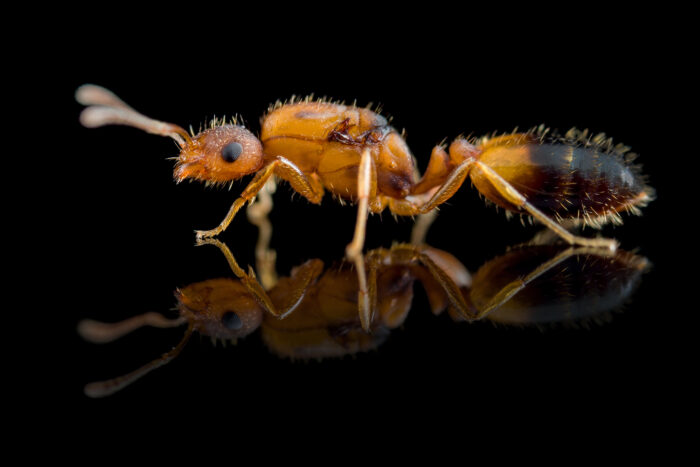
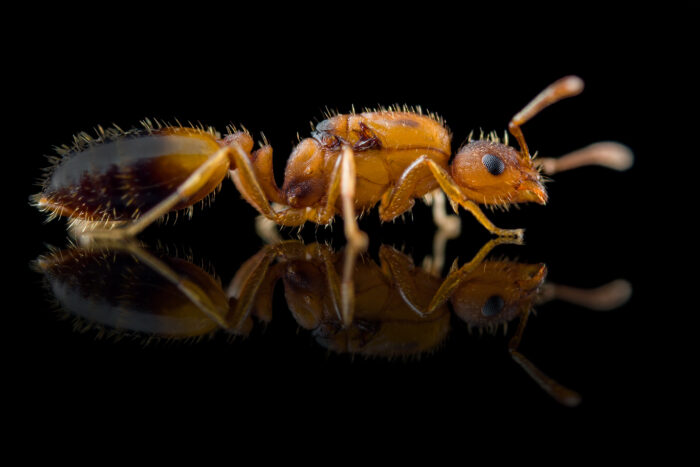

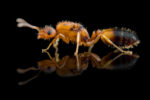

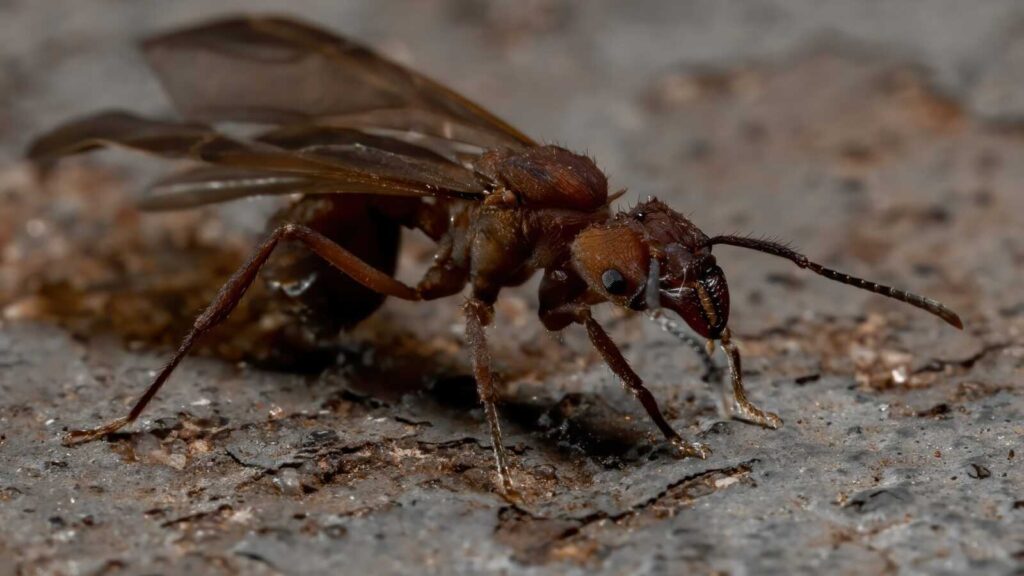
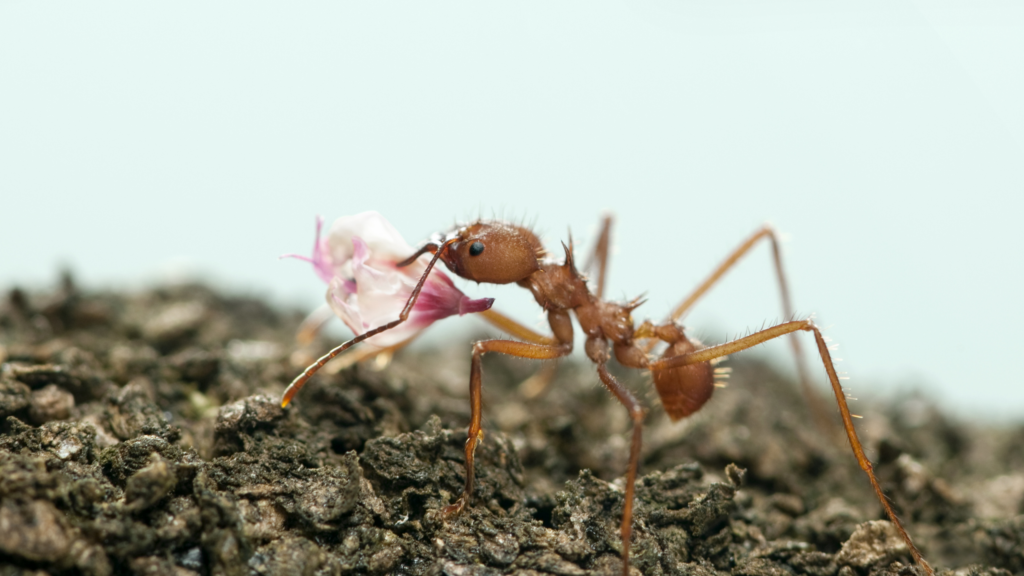
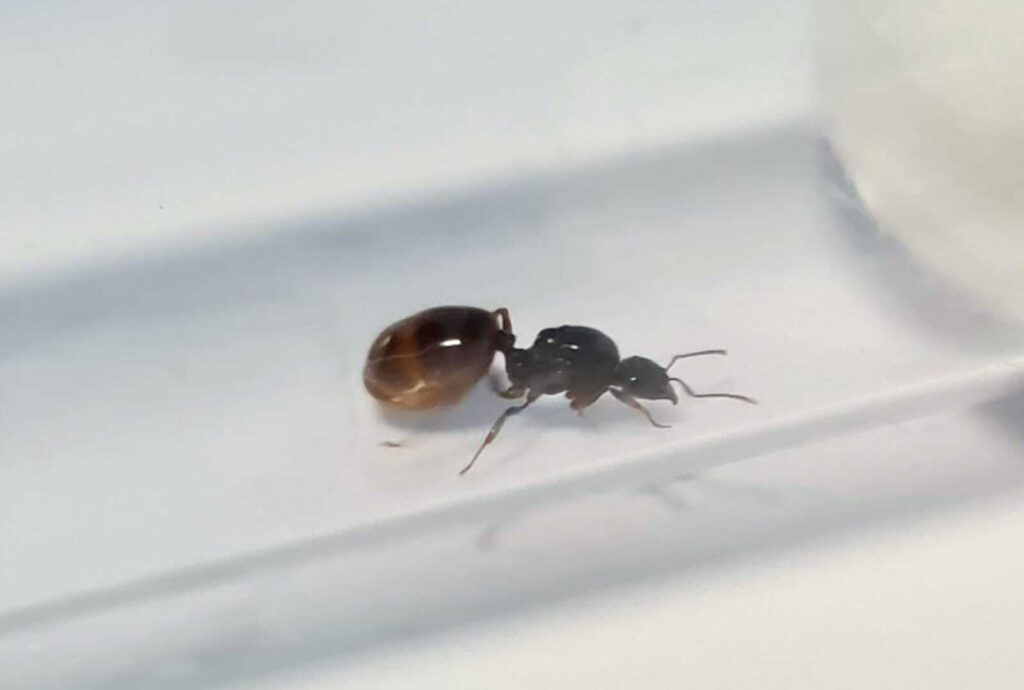
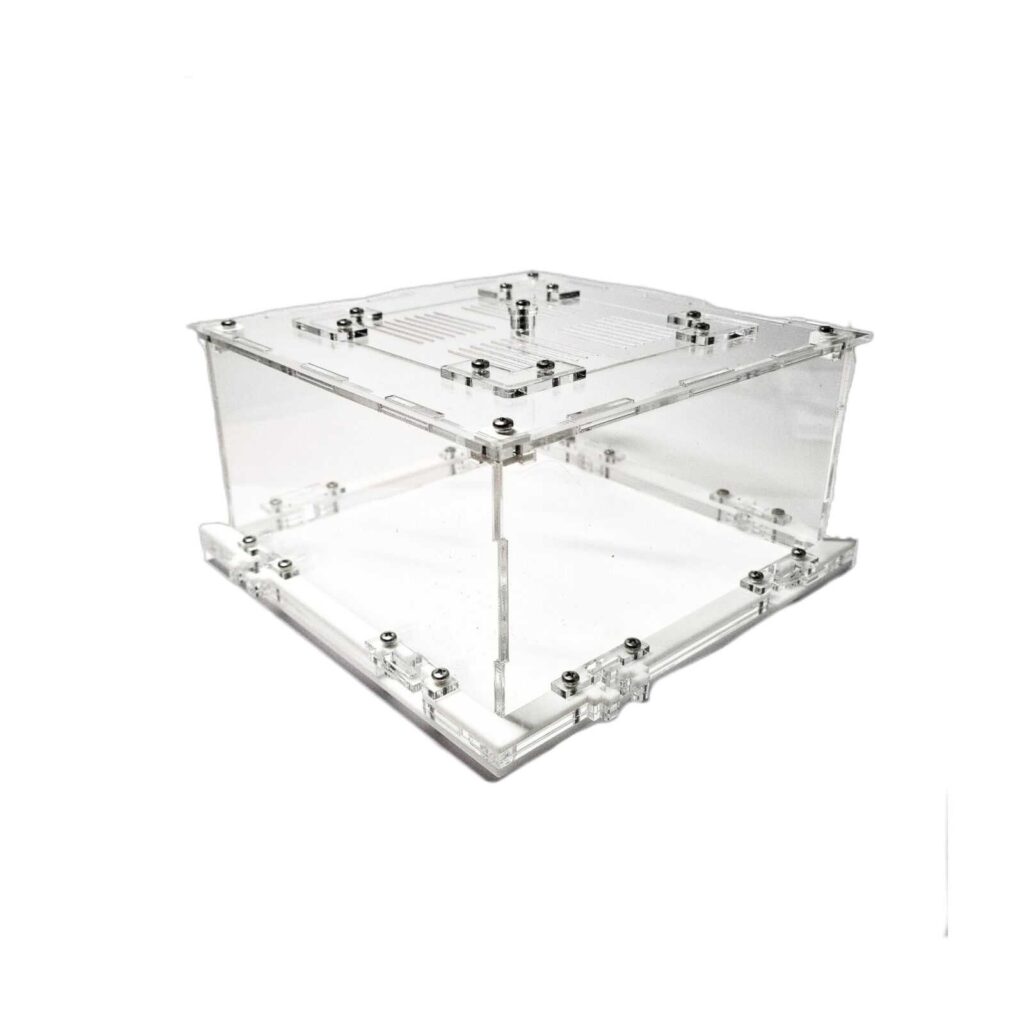
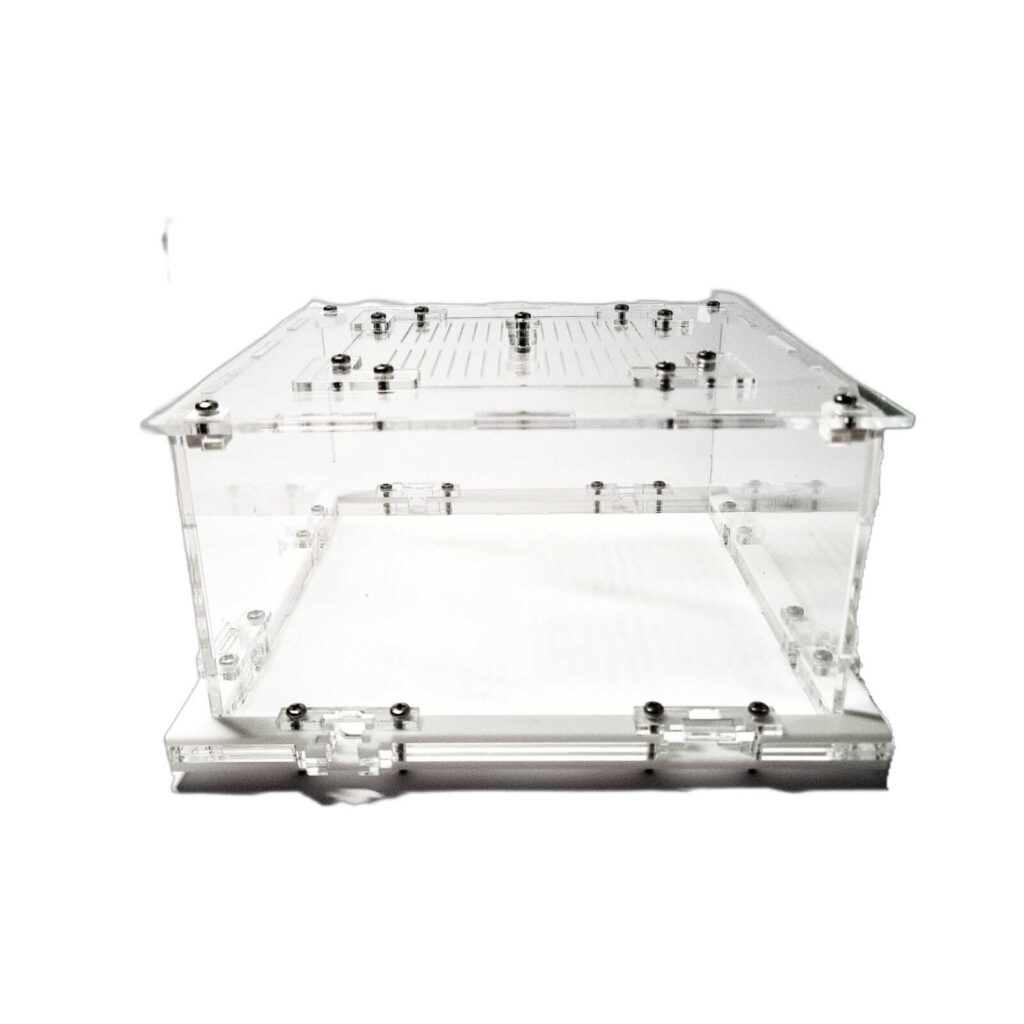
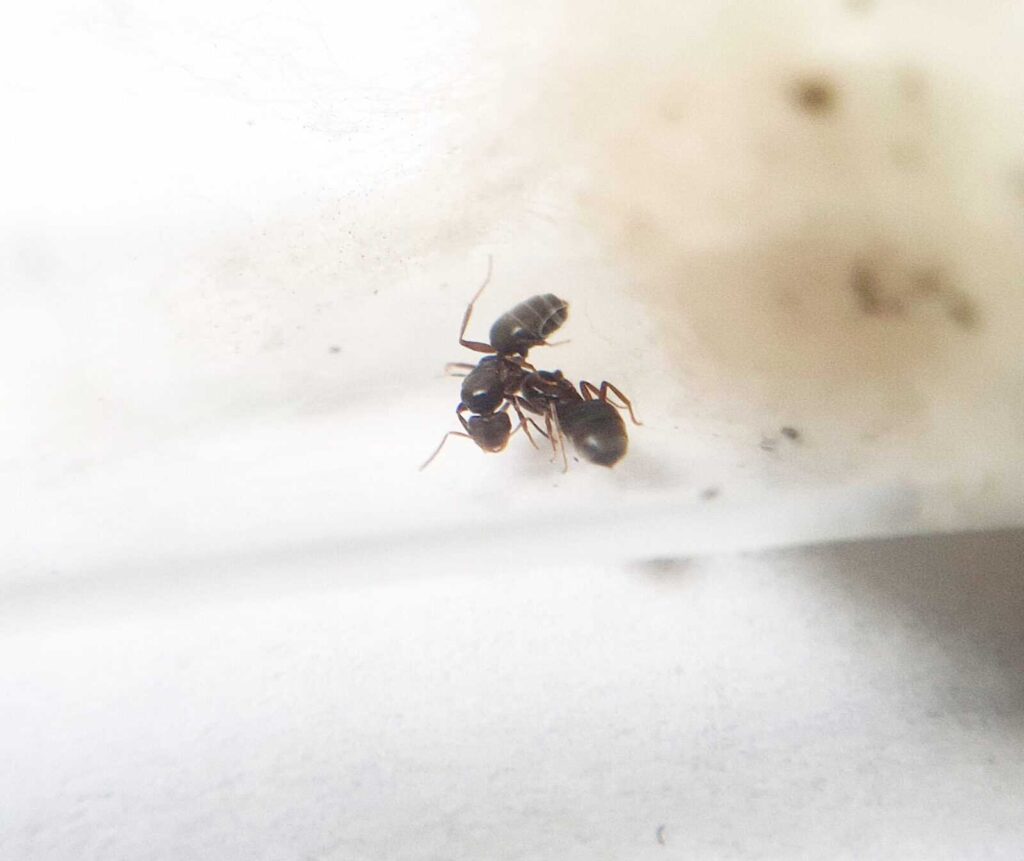
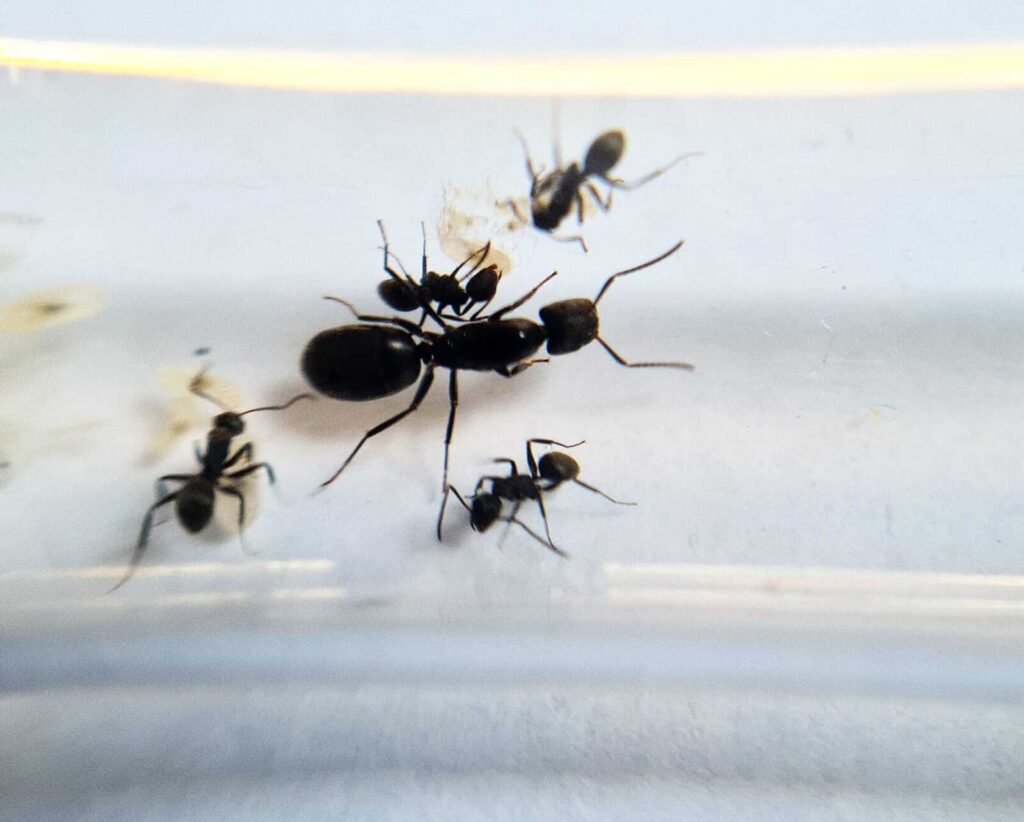
There are no reviews yet.